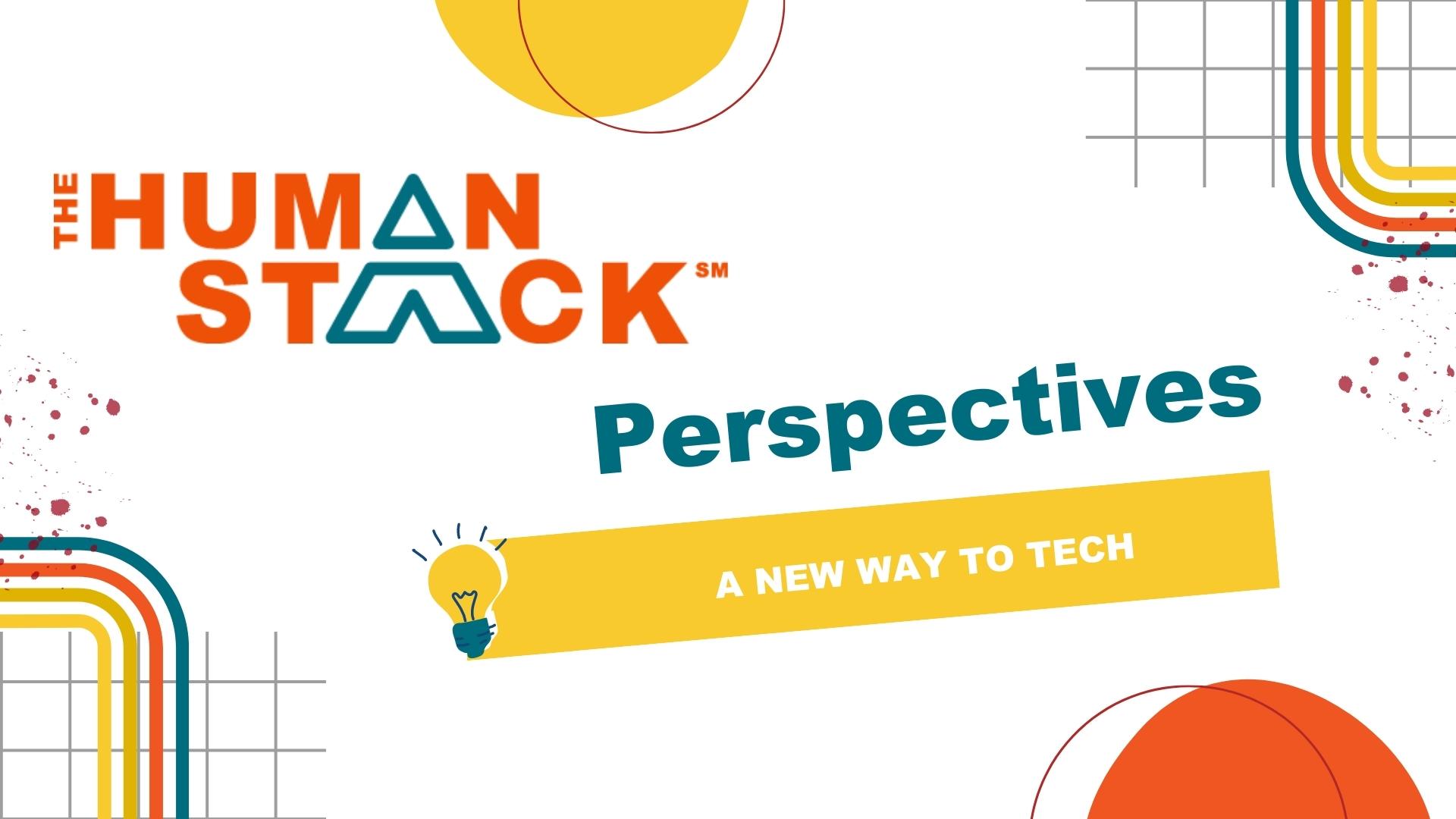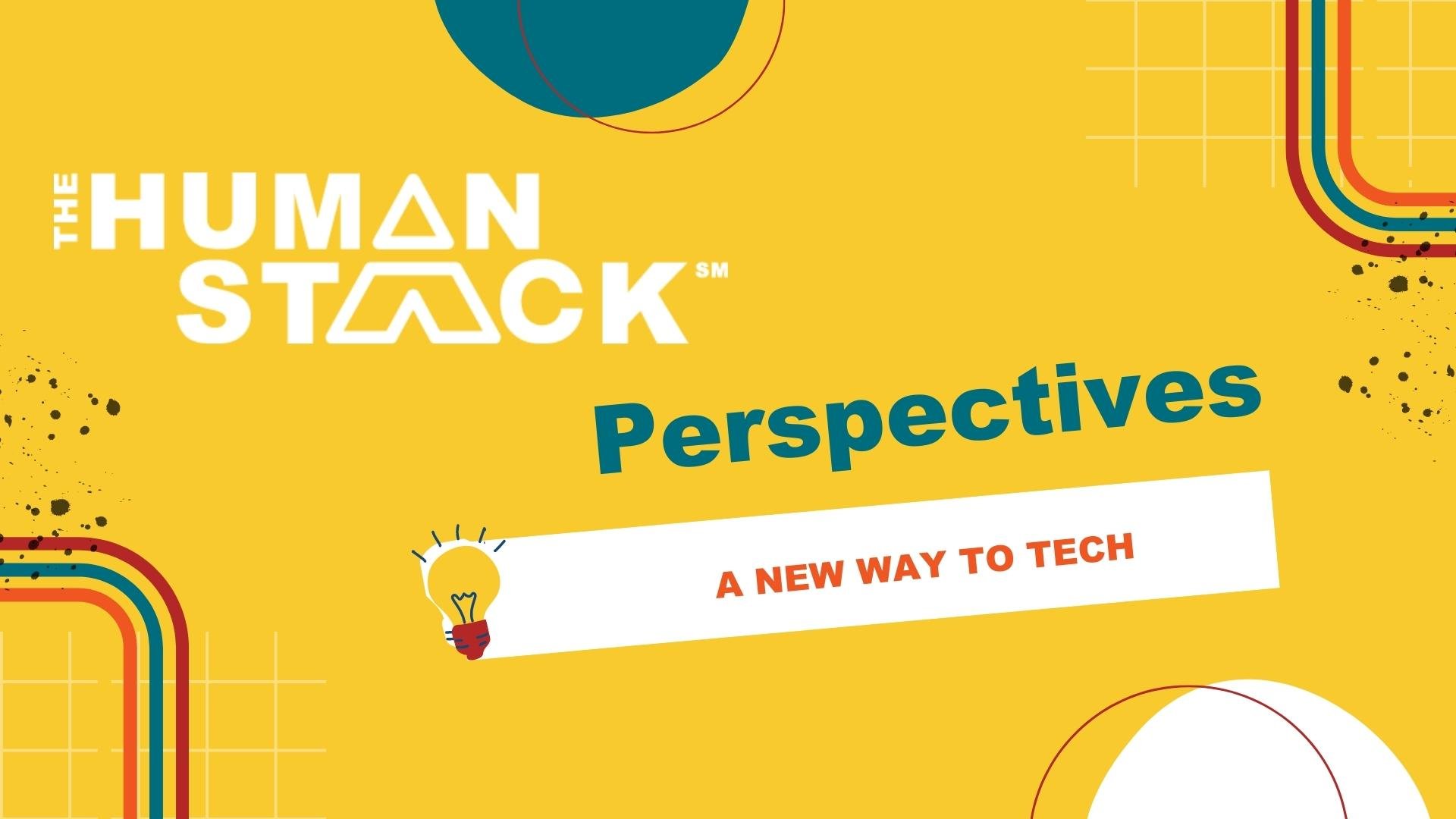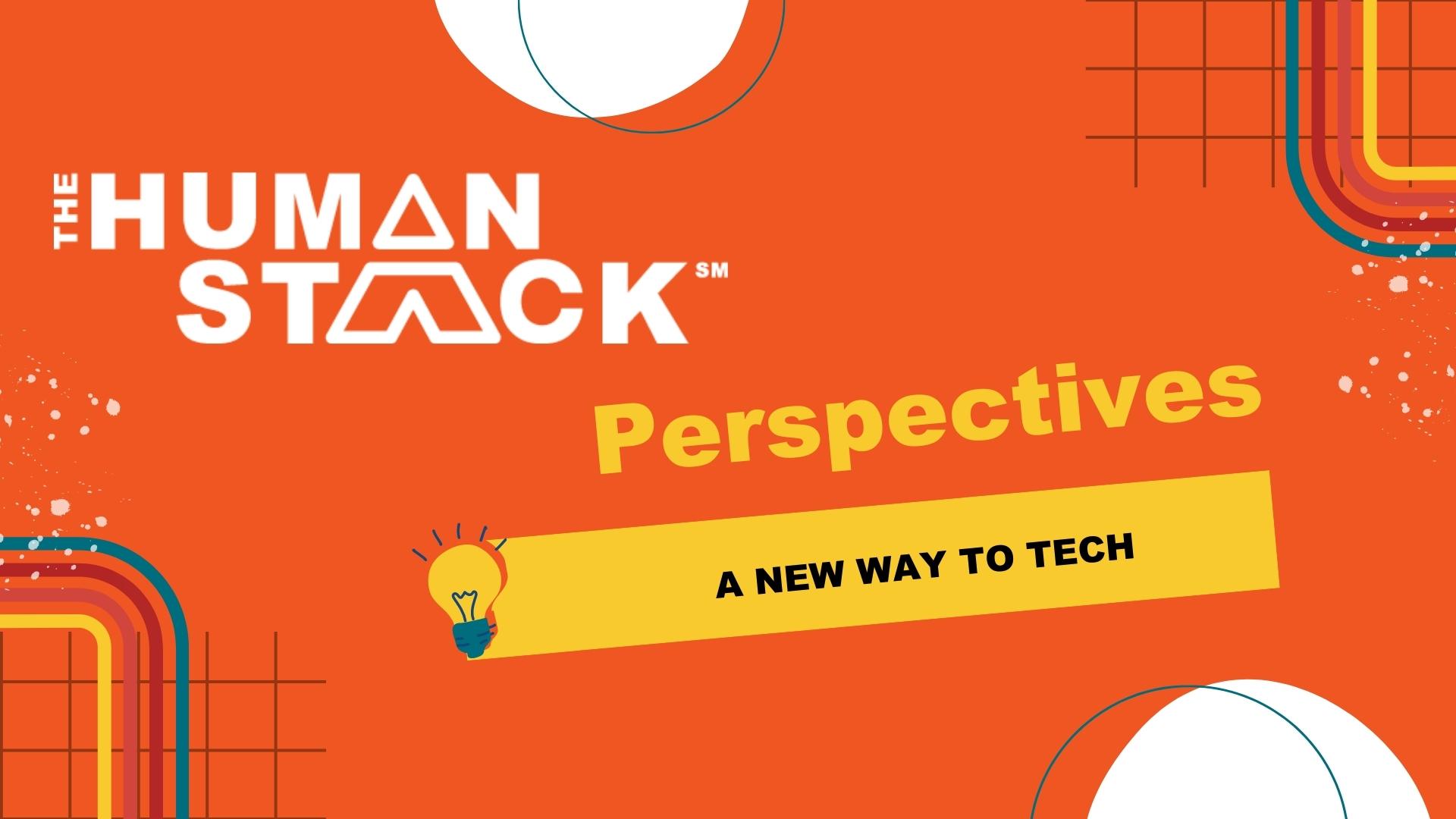4 min read
Did Bad Data Steer Your Nonprofit Wrong? Take the Right Steps to Trust It Again
 Tim Lockie
:
May 25, 2021
Tim Lockie
:
May 25, 2021
A recent study conducted by EveryAction and Nonprofit Hub uncovered something alarming. It found that while 90% of organizations collect data, only 5% use it to inform their decision-making. That’s not a great statistic for nonprofits looking to move the needle on their cause.
Data should be at the root of all nonprofit leader’s decision-making. Yet for many organizations, their data’s accuracy is hard to trust. Not to mention that cleaning up bad data and maintaining good quality is expensive, time-consuming, and doesn't have a clear starting point.
The truth is, accurate reports and statistics can catalyze your nonprofit, meaning a framework for cleaning and maintaining data should be a top priority. Because if you can't make decisions based on data, it is worse than having no data at all.
The Critical Importance of Accurate Data in Nonprofit Decision Making
As a nonprofit leader, there’s no doubt you know the importance of data. And to get it, you’re reliant on your staff to give you reports about their respective areas. Sometimes departments are so heads-down, they’re not even aware that the data they’re working with is poor. Or if they are, they don’t have the resources (time, tools, or otherwise) to fix it.
When you ask your staff to supply a report, you’re the one who ends up with faulty data. And little by little, with each decision based on that data, you get further and further from where you want to be. Six months later, you're wondering why everything is so off.
And you’ve drifted further from achieving your mission.
Every piece of data counts because it amounts to something greater. Everyone — you, and your staff — being able to fully trust your data is fundamental in making determinations that affect every aspect of your organization.
What Bad Nonprofit Data Looks Like Isn’t Always Obvious
Sometimes bad data sticks out like a sore thumb. Other times, it takes careful sifting to find out what is throwing everything off.
Here are some common mistakes that make your data untrustworthy and troublesome:
- Incomplete — Missing area codes, zip codes, names, donation amounts.
- Incorrect — Data that is out of range, e.g. 14 for a month number, or bounced email addresses, misspellings, punctuation errors.
- Inaccurate — Leads or opportunities that haven’t been updated to reflect the current status, inconsistent abbreviations, or combined contact records.
- Duplicative — Duplicate records or accounts.
In some instances, it’s easy to see where human error can be the cause of unusable information. At the end of the day, staff only have so much information to process and so little time, on top of their other tasks. It’s easy to skip over details you don’t have or mistype a number or two.
In other cases, it’s a matter of communication. Why didn’t certain fields get updated when the information changed? Did one department unintentionally fail to share information?
Either way, nothing will get better if you throw in a new CRM for your staff to adopt. Because the cause of bad data isn’t what you suspect.
Data Migration Doesn’t Solve Your Nonprofit’s Data Woes
If you’ve ever sat back with the hope to watch your CRM implementation partner solve your info issues during data migration, then you likely know the feeling of being disappointed, too. Because you’ve found out the hard way that data migration isn’t the solution to repairing bad facts and figures.
But don’t go pointing fingers at your implementation partner or the new tech. The crux of your problems is found elsewhere, within your organization’s operations.
The inability to make decisions based on a lack of potent data is common. And it drives the desire for many to swap CRM platforms. When your staff is asked to produce reports but unable to because of their lack of tools, it’s easy to think that the tool is the issue. And many nonprofit leaders are led to believe a new system will settle their deficient data dilemma.
But there’s one thing they don’t think about: The inherent connection between their organization’s vision and its day-to-day operations. And a new CRM purchase doesn’t automatically account for that.
What happens next is a CRM with similar pain points is purchased. And once again unusable data rears its ugly head.
What you need instead is a framework for identifying false information, fixing it, and finding ways to mitigate poor quality data input going forward.
Fixing Flawed Data and Keeping It High Quality Starts With Leadership
Data-based decision-making is a righteous goal for any organization. And it is attainable without going through a CRM overhaul. What it takes is a move from leadership.
So what do you need to do?
- Expect it to take time. Revising inaccurate data doesn’t just happen overnight. It happens over many months. Even then, once data is corrected, it takes time to build good data input habits. Practices like double-checking work, cross-referencing data sets, and regular meetings to ensure all necessary information is shared. All this to say, be patient. Correcting bad data and building up good data will take time.
- Prioritize the most dynamic data. Let your staff know the importance of the quality intel they own. They may not know what data you need, or why it is important. And not all data is created equal. Sure, names spelled correctly are important. But it’s the information tied to those names that convince your high-dollar donors to pledge another commitment. If you miss out on the fact that a certain high-dollar donor did support your organization in the last year, and you go to ask them again, guess what? It looks like you don’t know what you’re doing. Your staff needs to know what’s important. And they need to know you support them in the process of cleaning up the data — and the importance of keeping it clean.
- Ensure ongoing maintenance. Just because your organization goes through its data once and corrects what’s wrong doesn’t mean your job is over. To ensure you’re constantly operating with the best data possible, it takes ongoing maintenance. A failsafe that you’re indeed getting everything down right. Ongoing maintenance is as much of a priority as it is to clear up poor quality data in the first place.
Your organization understands the importance of quality data in making strategic decisions that influence the efficacy of your work. But it’s a task that requires all hands on deck.
The best part is, it’s entirely within your power. No new CRM necessary.






